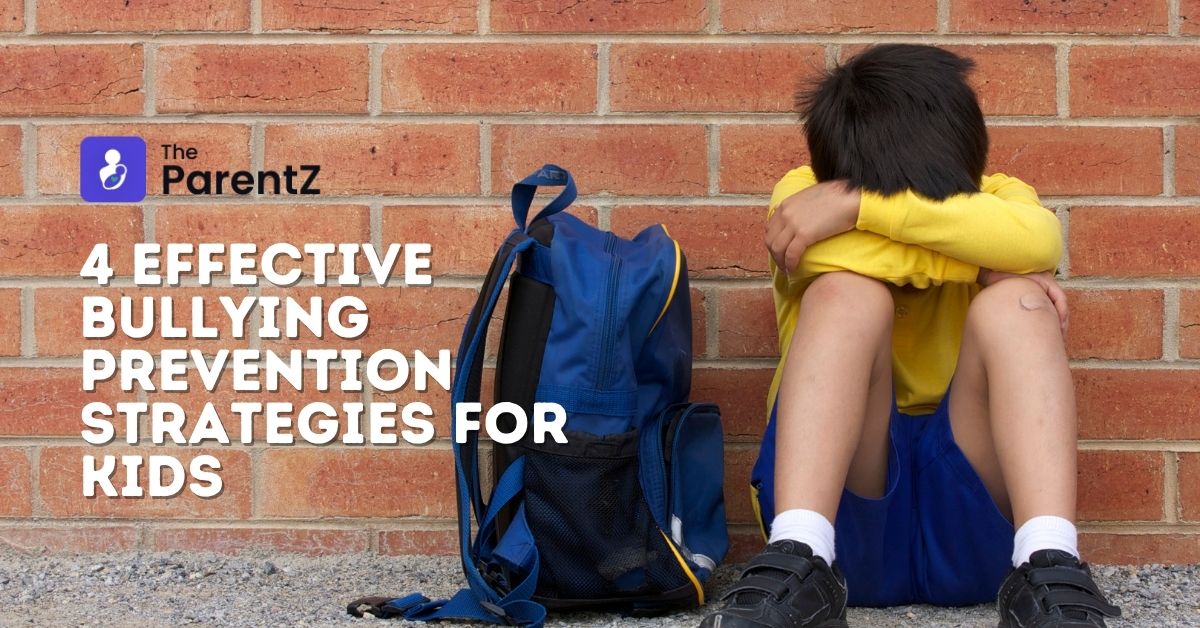Introduction
Do you know every one of four students is bullied during their schooling years? Out of these, most kids are aged 12 to 18. Bullying is a challenging issue that triggers students, parents, and school authorities alike. And what does bullying look like? Senior kids teasing or raising their voice at their juniors during a sport or a high school girl being scorned by her friends. It may also appear like fellow peers are discriminating against kids due to disability or racial differences. Overall, bullying has become a common scenario, particularly in schools.
Here comes the need for bullying prevention strategies to make children feel safe and confident. A solid strategy and a committed community can indeed help in taking the right actions to prevent bullying. However, a plan alone is not enough! Rather, implementing the right approach at the right time is important.
Explore below to discover some of the best bullying prevention strategies that will certainly have the most positive outcomes in terms of reducing such instances at schools.
What is Bullying?
Before we dive into the essential practices to prevent bullying, we must know exactly what they are. Bullying is basically triggering or abusive behavior that happens mostly among fellow schoolmates. It includes insulting, spreading rumors, threatening, or even physical assaults. This makes it clear how important it is to put a curb on it.
Verbal, physical, and cyberbullying are some of the most common forms. When it comes to verbal bullying, it involves using whatever advantages to insult or hurt someone mentally, which may result in low self-esteem and depression in students.
On the other hand, physical bullying includes using power to physically hurt a peer, and it may appear in the form of hitting, spitting, punching, or shoving. Lastly, cyberbullying, which is one of the most frequently occurring incidents, is all about spreading rumors or leaking or threatening to leak someone’s personal information in public.
4 Most Effective Bullying Prevention Strategies To Keep Kids Safe
Find out some of the best anti-bullying tips and strategies to stop it whenever it happens.
Awareness about bullying
To prevent bullying, it’s important to make the students, teachers, or parents aware of what exactly it is, what it appears like, and what the negative consequences are for the victims. Teach kids about the impact bullying has on others. There are high chances that kids who show empathy are most likely to support anti-bullying.
Model healthy habits in kids
Mostly, kids learn by observing adults. Therefore, it becomes important to instill healthy habits in them. As parents, encourage them to show understanding and empathy toward others. Moreover, helping them build resilience is a great way to teach them not to lose their patience during difficult situations.
On the other hand, as teachers, encouraging kids to help each other and show kindness to everyone will ensure the kids are not into bullying.
Build a positive environment
Building positive environments and relationships is another significant way to prevent bullying in schools. Sessions teaching about bullying and its consequences will help students be aware of it so that they’re able to identify if they ever experience similar things.
Furthermore, for parents, it is necessary to communicate with their children daily so that their children feel safe sharing any bad experiences that happen. Ask simple questions like, ‘How was your school today?’ or ‘What all happened at school today?’ etc.
Meanwhile, teachers should encourage students to build healthy relationships with their classmates and instill good communication skills in them. Secondly, teachers could also set up different groups with students of the same hobbies, such as sports, singing, school clubs, etc. This will eventually help in building self-confidence and good relationships among students.
Take the right action
Last but not least, no strategy would work if the right actions were not taken. This does not mean giving harsh punishment to the bully or removing them from the school. This is because students will not understand the impact of bullying on the victim if they’re simply suspended from the school. Instead, focus on teaching the students about how their actions affected their fellow peers and how they can make things better.
Secondly, another strategy known as shared concern seeks to build a positive relationship between the bully and the victim so as to develop a feeling of concern among the bullies.
Wrapping Up
Anti-bullying strategies play an important role in school safety. Not only will it give a safe environment to kids, but it will also help them develop the self-confidence they need. The first step to preventing bullying begins by modeling good behavior and teaching kids about bullying at the home level. With the right bullying prevention plan, committed teachers and parents, and responsible kids, schools can easily address this concern.









Be the first one to comment on this story.